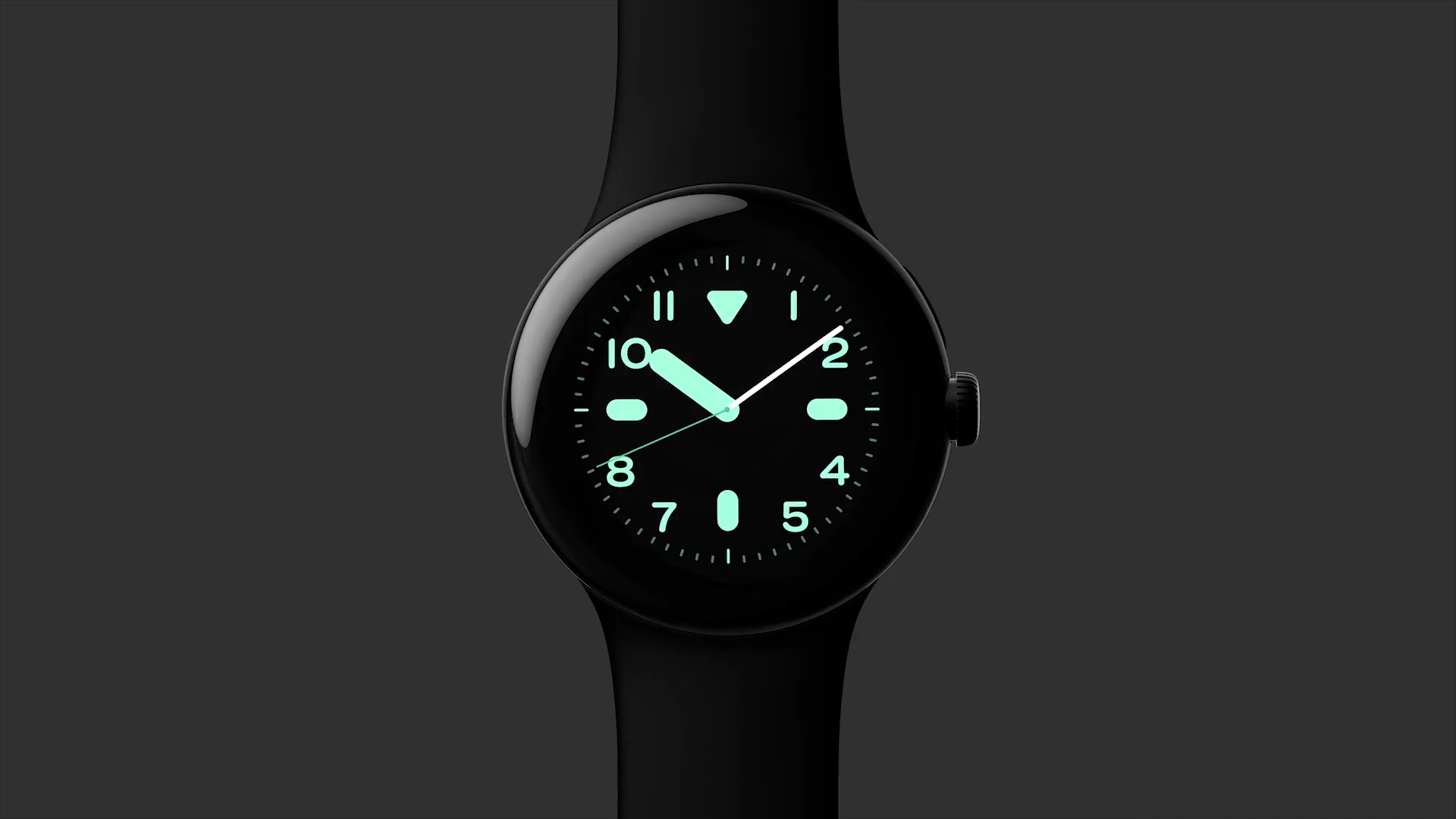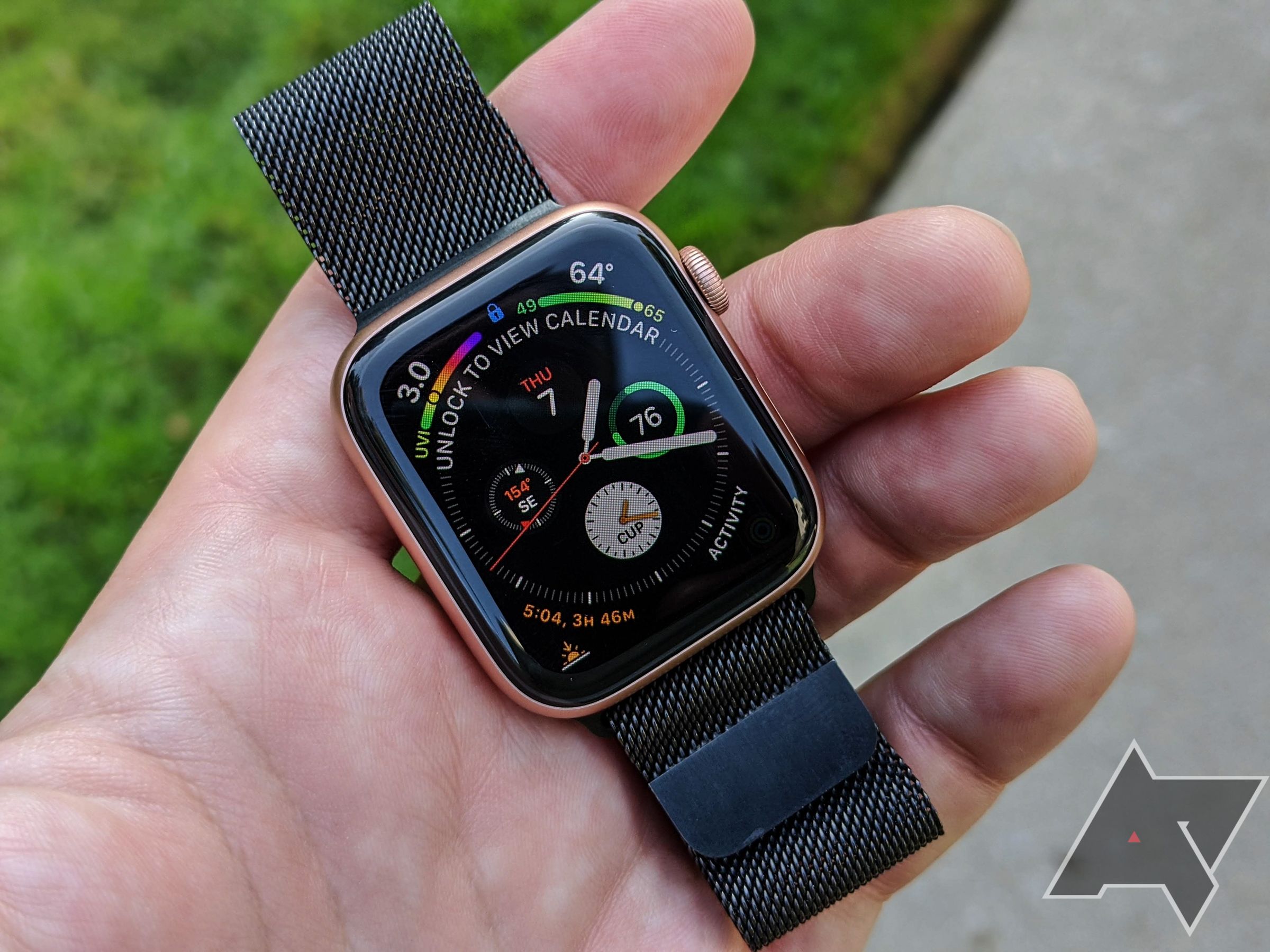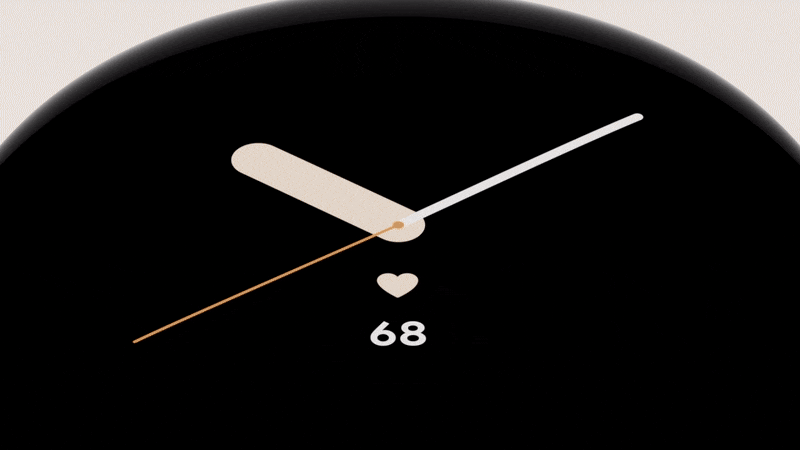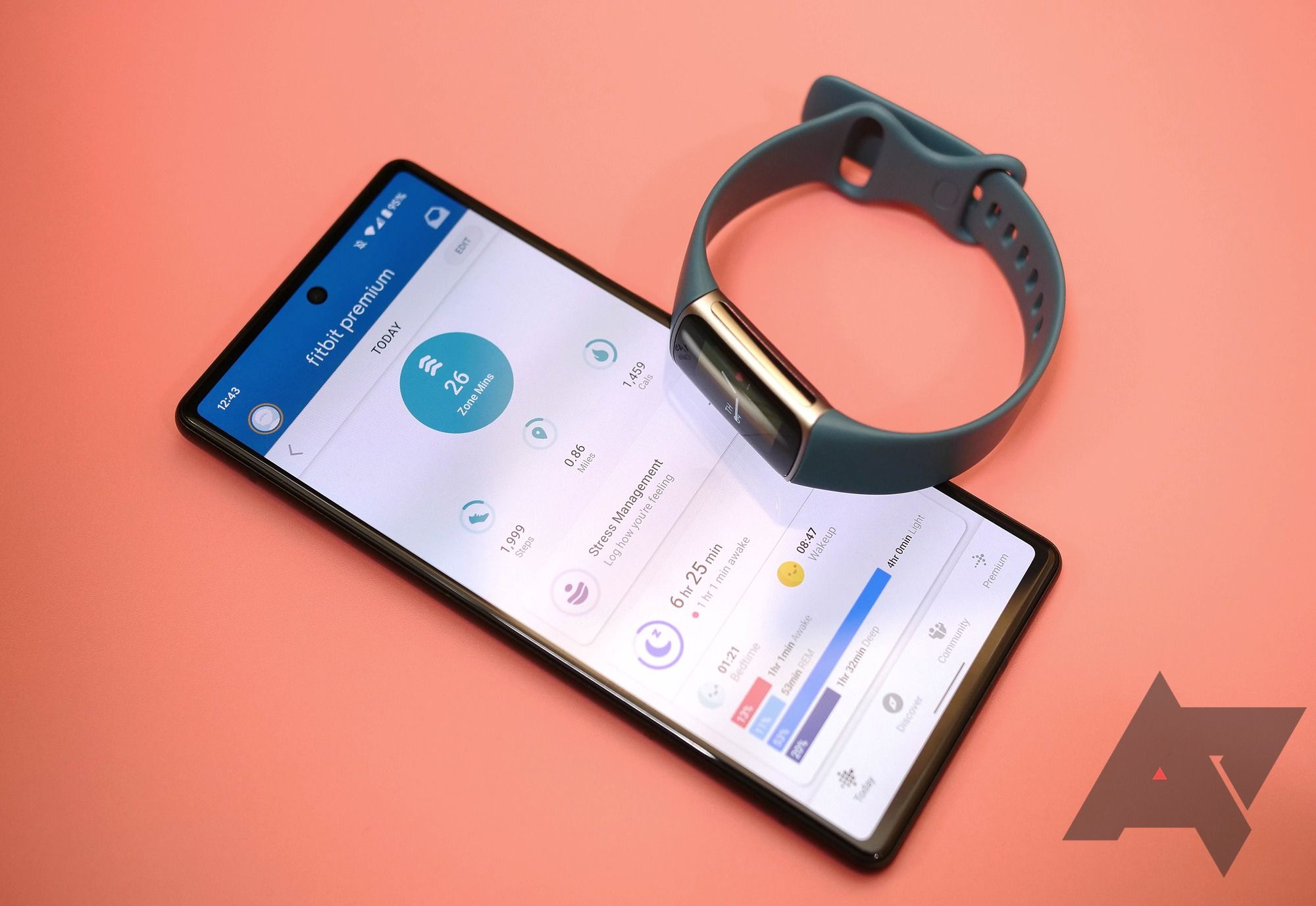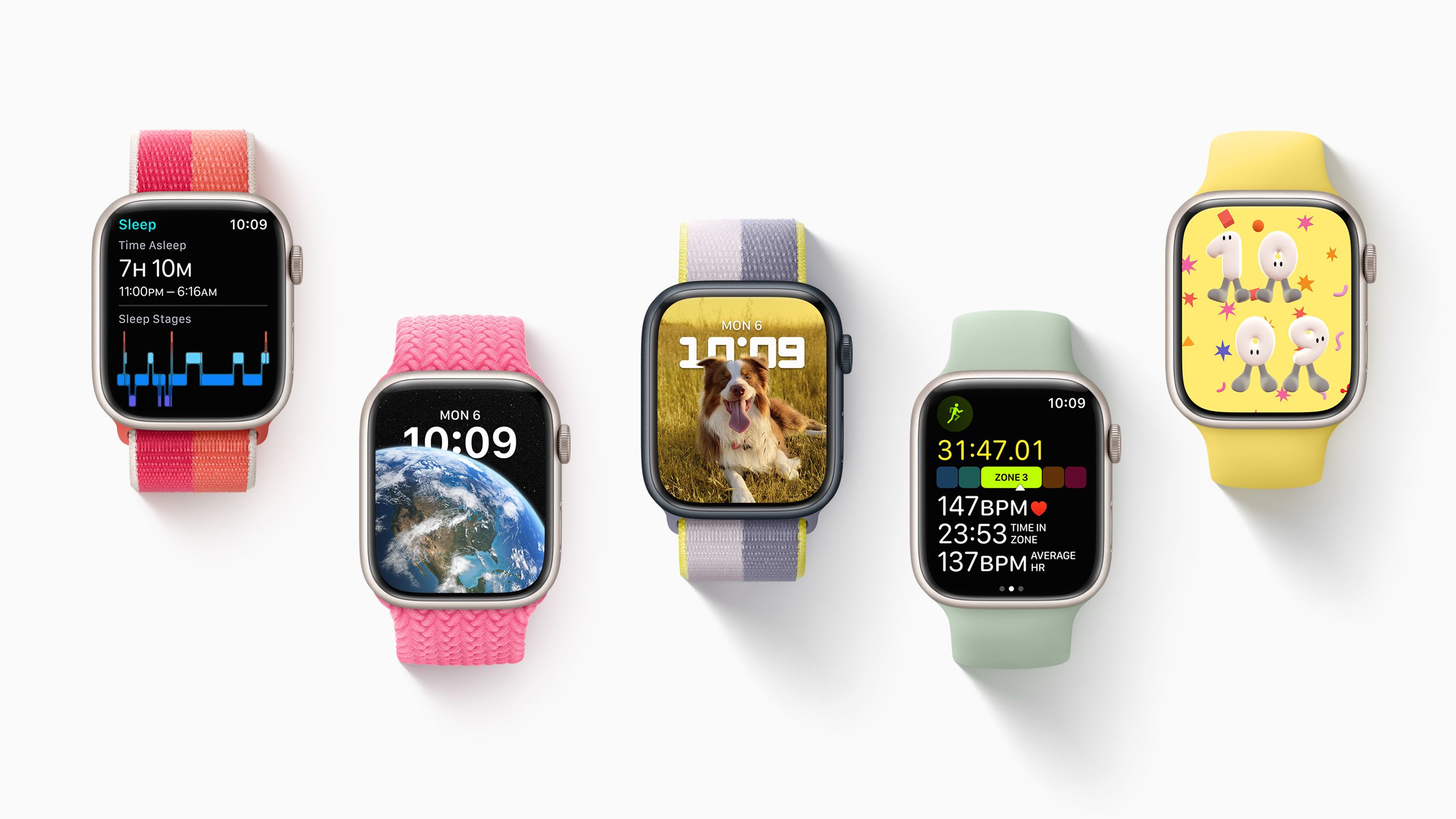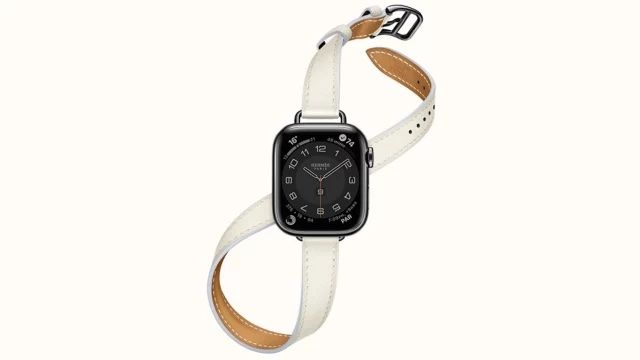Google first teased the Google Pixel Watch during Google I/O in May 2022, and it's just about to launch. It will be released alongside the Google Pixel 7 on Thursday, October 6. As always, we've learned a lot about what should become one of the best Android watches, thanks to Google's preemptive marketing and some substantial leaks.
While all these details look extremely promising, the Pixel Watch will also need to offer the smarts, health features, and seamless integration that makes the Apple Watch widely successful to lead the Android pack. Especially in light of Apple's slew of new health features for the latest watchOS and the Apple Watch Ultra.
Unfortunately, it is not clear that Google can truly deliver. Let's dive into why.
Software that matches the looks; looks that match the software
Judging from the teasers, hardware leaks, and early unboxings, the Pixel Watch will be one of the sleekest-looking wearables for Android phones. It appears to take the Apple Watch head-on in the design department. That makes sense, given that both of these products are potentially manufactured by the same company.
However, in contrast to the Apple Watch, Google will go for a round watch face rather than a rectangular one. In any case, it already looks timeless, weightless, and super sleek in all the images we've seen. We also imagine that the bezels will not appear too big in real life, even if they could be substantially bigger than what we've seen on other watches.
But looks aren't everything, despite how beautiful the Pixel Watch seems on the surface. The Apple Watch not only has its iconic design, but it also has the smarts to match.
The Pixel Watch's exterior design will have to match the software and internal hardware. Google made strides ever since it combined efforts with Samsung in creating Wear OS 3, introducing a user interface that works well enough on a small screen, all while Qualcomm and Samsung finally offer good processors for wearables that don't lag behind smartphone SoCs by years. But there are still a lot of improvements to be made.
Notably, the pairing and unpairing process is incredibly painful when you move phones. It requires a full reset of the watch, with you struggling to reinstall your apps and watch faces while you're hard at work setting up your new phone. Meanwhile, an Apple Watch can be paired with a new iPhone. It looks like Google is finally working on fixing this user-hostile circumstance, with a teardown revealing that the problem could be resolved with Google One cloud backups for Wear OS devices. It's unclear how well this will work, though.
Battery life is another issue for many Wear OS devices to this date, with many products not lasting more than 18 to 20 hours on a single charge. You can forget about proper nightly sleep tracking with a device like that. Granted, this is a problem for the Apple Watch, too, but this could be an opportunity for Google to set its product apart from both other Wear OS watches and Apple's product.
Based on the latest rumors, it doesn't seem like Google will use this chance, with the Pixel Watch seemingly not rated for much more battery life than comparable products, with the watch supposedly rated to last up to a day.
The Pixel Watch doesn't seem to have a key differentiating feature
It's also unclear how Google wants to differentiate the Pixel Watch from the rest of the Wear OS crowd when it comes to software. It was initially rumored that the Pixel Watch could be the first to include Assistant support, but that is already available on the Samsung Galaxy Watch 4, so this isn't something Google can use as a unique selling point at launch anymore. The only way the company could differentiate itself is by plainly making Assistant less prone to errors on its product. We've found Assistant to be pretty unreliable on the Galaxy Watch.
Google is also looking to add some killer Fitbit integration to the Pixel Watch, but it's still unclear what this is going to look like. For all intents and purposes, it looks like you will be stuck using up to three apps to get a full picture of your health using the Google Watch. You'll need Google's custom Pixel Watch companion app to establish connectivity. To view all your Fitbit stats and act upon them, you will need to use the Fitbit app. Presumably, Google will also add an option to allow you to share your health data with other apps, so you could throw Google Fit and Samsung Health into the mix, too.
It looks like this could end up as one of the usual convoluted solutions Google comes up with when it merges its services, and people are not going to love it. This is more cumbersome than Apple's fully integrated fitness solution, which often also works much better with third-party devices and tools than Google's. At least the Pixel Watch will support fast pair, which should make it super easy to set it up on compatible phones.
Fitbit integration can take Google only so far, too. Anyone interested in the Fitbit aspect could get a Fitbit tracker or smartwatch. This is a problem that the Apple Watch has to contend with, too. Still, Google is shooting itself in the foot by offering many similar products. Apple only offers different versions and generations of the same watch, with the latest high-end variant usually the most desirable one. Wear OS watches are more capable than Fitbit watches, that much is true, but depending on your needs, a Versa 4 or Sense 2 could be all you ever want.
Meanwhile, Apple is crushing it with further enhancements to the fitness tracking capabilities for its watches, which have arrived as part of watchOS 9. Apple Watch models feature an enhanced workout app that's becoming versatile enough to help triathlon athletes track swimming, running, and biking. There's also better sleep tracking, a built-in medication reminder with warnings on dangerous interactions, and an AFib history. All are accessible in one place, the Apple Health app.
There is no way that Google will create such an integrated system from the start, given that it first has to figure out how it wants to handle Fitbit and Google Fit. It doesn't help that the company is committed to Google Fit, saying that both apps will co-exist.
The Pixel Watch might even have a hard time standing out from Fossil smartwatches. Google isn't a big name in the fashion world, and there are a lot of people who pick their smartwatch based on its design and which fashion brand stands behind it.
Apple was aware that its wearable had to appeal to a mass audience from day one. When Apple first introduced the Apple Watch in 2014, it marketed its wearable as a fashion accessory as well as a health device. The original watch made a splashy debut in the pages of Vogue and Self. Apple Stores didn't keep the Apple Watch in stock. Instead, users had to pre-order one of the first-gen wearables and have an in-store fitting. And just as soon as the OG Apple Watch started to roll out to select retailers and carriers, the Cupertino-based company unveiled the Apple Watch Hermès, a collaboration that continues to this day.
Google hasn't announced any designer partnerships for the Pixel Watch, and that seems like a misstep. Fossil partners with major designers to create branded wearables in every price range. When someone sees a collection of Wear OS watches in a store, in the range of $300 to $400, why would they pick Google over others? Especially when a Fossil watch like the Fossil Gen 6 might look more like a statement than the restrained and elegant look of the Pixel Watch. Or when you absolutely want to wear a Puma-branded accessory on your wrist?
Google doesn't have all the time in the world
In contrast to Apple, Google also doesn't have the time to experiment with the form factor until it finally nails the use case, which is what Apple has done back in the day. The Google watch is late to the party, launching into an increasingly mature space that's dominated by Apple and Samsung, with all possible use cases already explored. Google may have released Wear OS (née Android Wear) long before Apple launched its product, but the times have changed.
The Pixel Watch must serve double duty with it coming to the market so late. It has to nail all the basic smartwatch aspects, while also offering a glimpse into the future, spearheading the development of Wear OS and leading the way for other manufacturers. It is going to be difficult to achieve this for Google. If the company doesn't, its first-party watch efforts may trickle out sooner rather than later, joining the ever-growing graveyard of failed Google projects.
It doesn't look like the Pixel Watch is carved out for the task. As much as we want to love it and as much as we want it to succeed, we're not convinced based on what Google has released about the watch so far. Other than the special design and the Fitbit integration, the watch might not have anything special going for it. It's going to be yet another Wear OS smartwatch launching in an increasingly crowded market, coming with nothing that could set it apart from the best Android smartwatches out there.
Sure, Android and Pixel enthusiasts will probably pick one up without thinking twice, and it helps that Google looks set to bundle it with the Google Pixel 7 for free in select markets, but we're not sure the watch will create a stir in the general consumer market like the Google Pixel 6 was able to.

